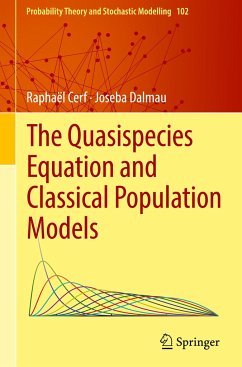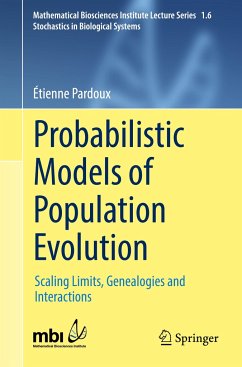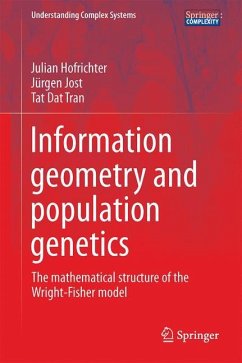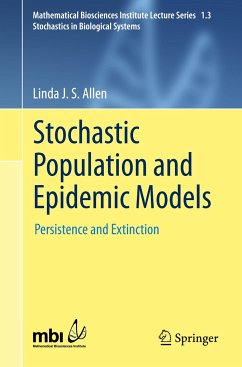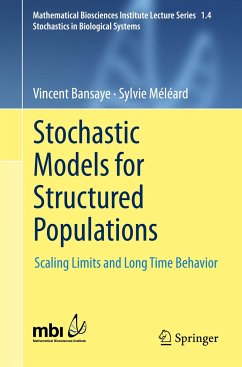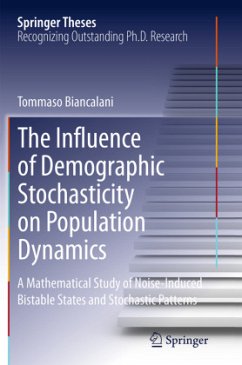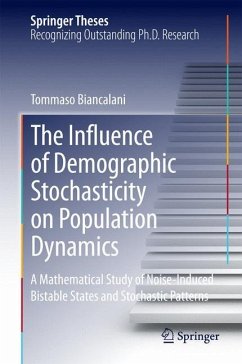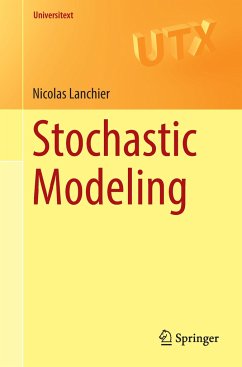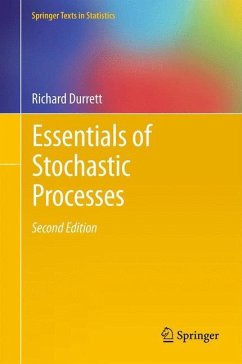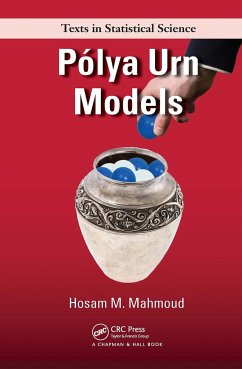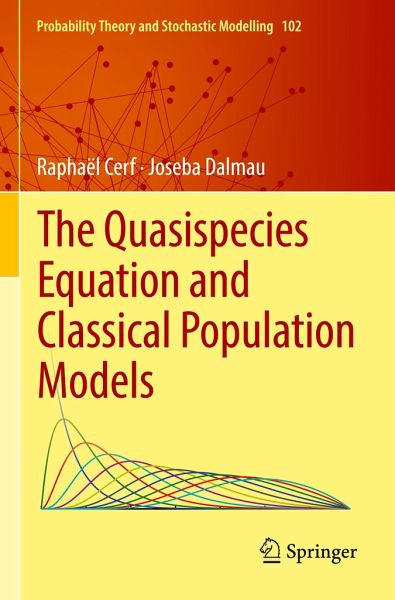
The Quasispecies Equation and Classical Population Models
Versandkostenfrei!
Versandfertig in 6-10 Tagen
106,99 €
inkl. MwSt.
Weitere Ausgaben:

PAYBACK Punkte
53 °P sammeln!
This monograph studies a series of mathematical models of the evolution of a population under mutation and selection. Its starting point is the quasispecies equation, a general non-linear equation which describes the mutation-selection equilibrium in Manfred Eigen's famous quasispecies model. A detailed analysis of this equation is given under the assumptions of finite genotype space, sharp peak landscape, and class-dependent fitness landscapes. Different probabilistic representation formulae are derived for its solution, involving classical combinatorial quantities like Stirling and Euler num...
This monograph studies a series of mathematical models of the evolution of a population under mutation and selection. Its starting point is the quasispecies equation, a general non-linear equation which describes the mutation-selection equilibrium in Manfred Eigen's famous quasispecies model. A detailed analysis of this equation is given under the assumptions of finite genotype space, sharp peak landscape, and class-dependent fitness landscapes. Different probabilistic representation formulae are derived for its solution, involving classical combinatorial quantities like Stirling and Euler numbers.
It is shown how quasispecies and error threshold phenomena emerge in finite population models, and full mathematical proofs are provided in the case of the Wright-Fisher model. Along the way, exact formulas are obtained for the quasispecies distribution in the long chain regime, on the sharp peak landscape and on class-dependent fitness landscapes.
Finally, several other classical population models are analyzed, with a focus on their dynamical behavior and their links to the quasispecies equation.
This book will be of interest to mathematicians and theoretical ecologists/biologists working with finite population models.
It is shown how quasispecies and error threshold phenomena emerge in finite population models, and full mathematical proofs are provided in the case of the Wright-Fisher model. Along the way, exact formulas are obtained for the quasispecies distribution in the long chain regime, on the sharp peak landscape and on class-dependent fitness landscapes.
Finally, several other classical population models are analyzed, with a focus on their dynamical behavior and their links to the quasispecies equation.
This book will be of interest to mathematicians and theoretical ecologists/biologists working with finite population models.





